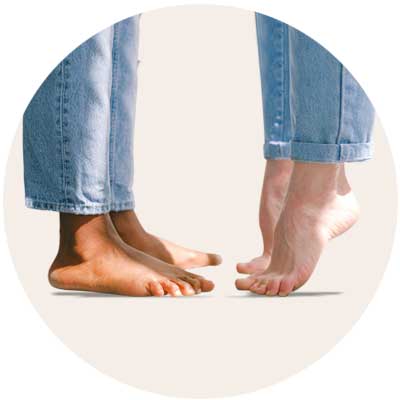
Skin conditions in babies and children: symptoms, causes and treatment
Newborn skin usually has a smoother, softer appearance than adult skin. The reason? Having been created just a few months ago, their skin has a completely different structure and composition to that of adults. For example, the epidermis and dermis are thinner and more supple in babies, which also means they are less water resistant, leaving newborns prone to faster skin dehydration. Children’s skin also has a different pH and therefore reacts differently to the presence of potentially harmful microorganisms, such as fungi and bacteria. Children also have lower levels of melanin and have less surface fat than adults, so they can’t protect themselves effectively from the sun and weather extremes.
These differences mean that children’s skin is more delicate and more susceptible to irritation and infection. It is, therefore, important to give children’s skin the attention it needs.
ATOPIC DERMATITIS
Atopic dermatitis is a chronic disorder that appears from the first few months of life. Symptoms start to appear in infants between the age of four months and one year, or in older children between the ages of six and eight.
NAPPY RASH (DIAPER DERMATITIS)
Nappy rash (also known as diaper dermatitis or diaper erythema) is a common skin inflammation that develops in young children, creating redness and burning in the area covered by the diaper.
CHICKENPOX (VARICELLA)
Chickenpox is a childhood eruptive or exanthematous disease caused by the varicella-zoster virus. The virus causes fever and an exanthem of itchy blisters that evolve into pustules, affecting the entire body, including the mouth and scalp.
HEAT RASH
Heat rash (also known as prickly heat or miliaria) is a disorder caused by excessive sweating and occurs when the skin is unable to disperse heat, which causes the eccrine glands to become blocked. It commonly affects infants and children, especially in the summertime, when they may be too covered-up for the warmer temperatures. In some cases, heat rash can also occur in adults, often as a result of doing sport while wearing synthetic clothing. Heat rash appears on the trunk and face, and rarely on the arms or legs.
DRY SKIN
Dry, cracked skin (xerosis cutanea) in infants and children can be genetic, or can be linked to atopic dermatitis. Dry skin is usually associated with symptoms such as flaking, itching, redness and, often in very young babies, skin peeling (desquamation).









